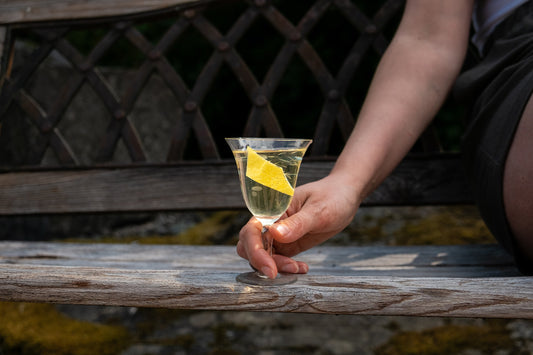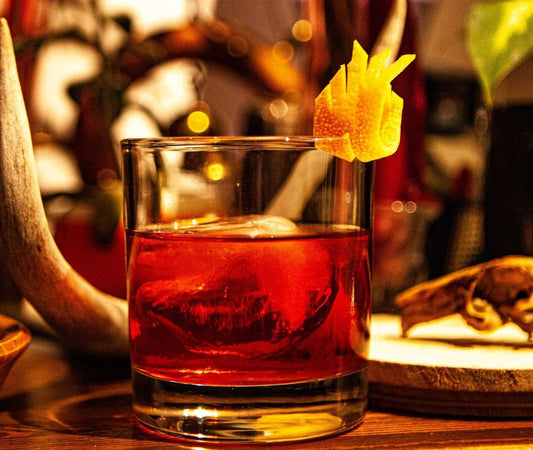Cascadia Botanicals
Apéritif Cascadia is a love-letter to Vancouver Island. Flavoured by the forests and meadows of coastal British Columbia using botanical species native to this region and foraged by our friends at Forest for Dinner. Predominantly flavoured by the catkins and leaves of the Sitka Alder tree, this apéritif style is bursting with berries, brine and pine, highlighting the vibrant botanicals growing on the unceded territories of the Coast Salish People.
Listed below you will find a complete list of all the botanicals used in Apéritif Cascadia as well as some personal remarks and tasting notes from the botanical extracts made.
If you wish to forage your own regional botanicals, do so with with great care, research, knowledge, gratitude and respect for the land these plants grow on and for the First Nations people who have stewarded and cared for this land since time immemorial.
We recommend purchasing direct from regional specialists such as Forest for Dinner, reading many foraging books specific to your region and chatting with folks in your area familiar foraged foods.
To extract flavour, we cold steep each botanical individually in a fortified mead base at 24% alc./vol. In order to extract the best flavour, each botanical requires its own specific steep time and ratio, of botanical to base mead. If you'd like to try this at home, a white wine base or even just diluted vodka would work well to pull flavour. We chose 24% alc./vol. as a nice balance between alcohol soluble flavours and water soluble flavours. This base liquid, it's alcohol content, steep time and ratio is up to you and what you are looking to achieve, let taste be your guide. Once the extracts are made, they are added to the 'herb library' to be drawn upon during the blending of new and novel apéritifs.
Listed below you will find a complete list of all the botanicals used in Apéritif Cascadia as well as some personal remarks and tasting notes from the botanical extracts made.
If you wish to forage your own regional botanicals, do so with with great care, research, knowledge, gratitude and respect for the land these plants grow on and for the First Nations people who have stewarded and cared for this land since time immemorial.
We recommend purchasing direct from regional specialists such as Forest for Dinner, reading many foraging books specific to your region and chatting with folks in your area familiar foraged foods.
To extract flavour, we cold steep each botanical individually in a fortified mead base at 24% alc./vol. In order to extract the best flavour, each botanical requires its own specific steep time and ratio, of botanical to base mead. If you'd like to try this at home, a white wine base or even just diluted vodka would work well to pull flavour. We chose 24% alc./vol. as a nice balance between alcohol soluble flavours and water soluble flavours. This base liquid, it's alcohol content, steep time and ratio is up to you and what you are looking to achieve, let taste be your guide. Once the extracts are made, they are added to the 'herb library' to be drawn upon during the blending of new and novel apéritifs.





















